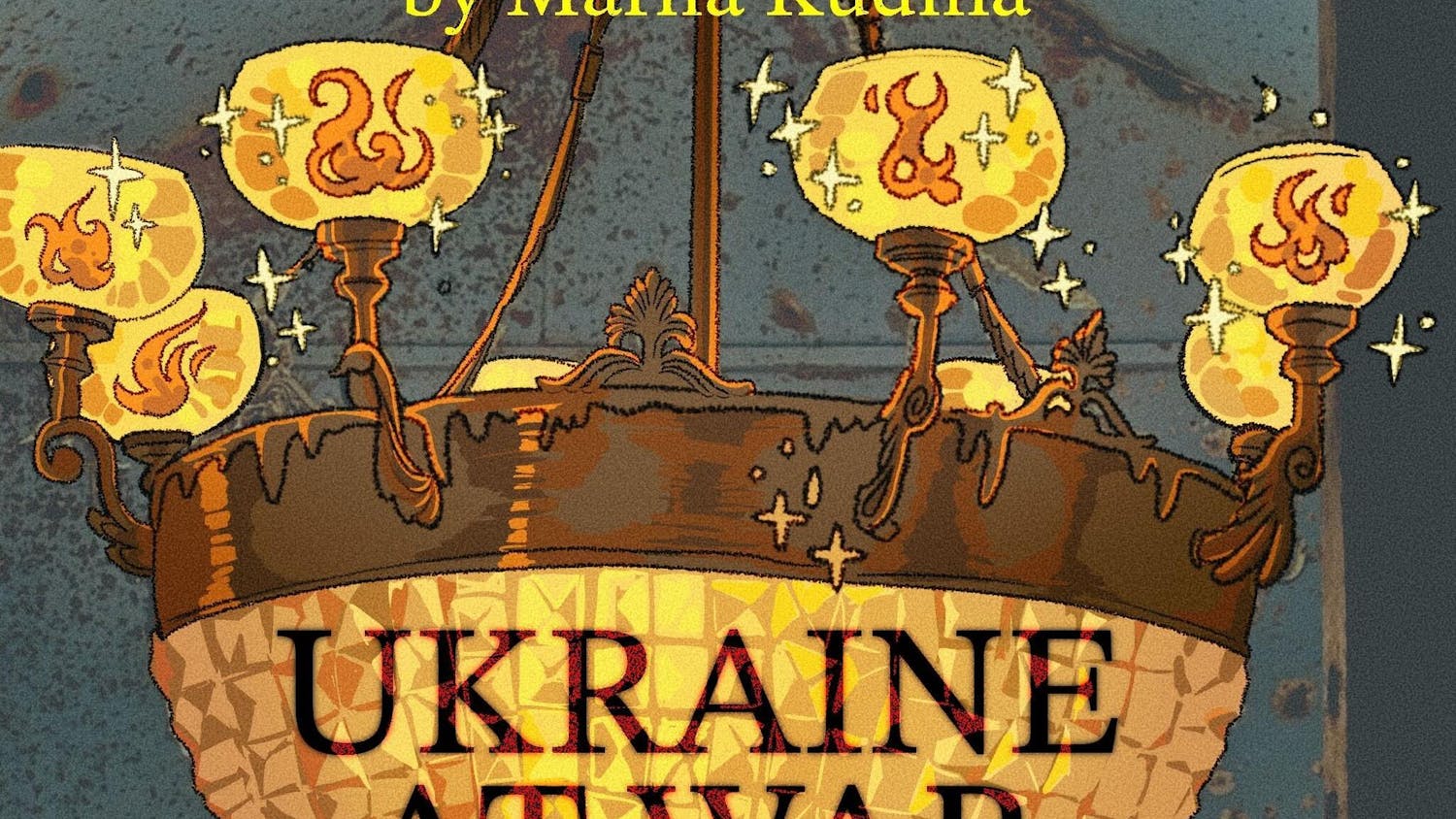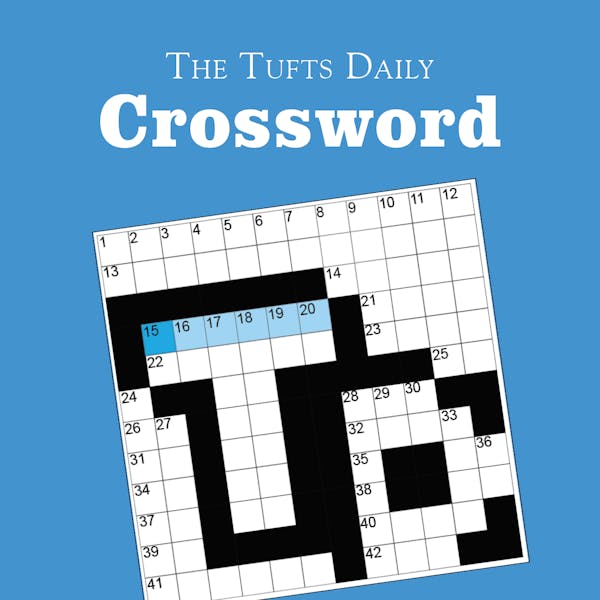The Western world has a widespread culture of apathy which allows for a callous separation from global events. This apathy is facilitated through a variety of methods, including a lack of proximity to those in faraway countries and a feeling of being overwhelmed by personal issues that causes one to ignore others’ suffering. This is not the focus of this article. I’m not concerned with throwing my own moral indignation — which, rest assured, I hold — at those who, even going into the second year of an industrialized genocide primarily bankrolled and given rhetorical shelter by this country, feel that speaking up against it may be a step too far.
Rather, my concern is with how this apathy manifests, allowing so many to bracket off the deaths of tens of thousands. Only with such an understanding can we effectively combat the apathy which the Western world utilizes to maintain its way of life at home, at the cost of unfathomable violence being exported abroad.
The Western world, because of its physical separation from the Genocide in Gaza, is informed through a diversity of media — most commonly videos, photos and articles. As such, the experience of the Genocide is thus only grasped as a collection of signs and symbols.
I think of October 2024. As yet another hospital was bombed in Gaza, a video of a man, Shaaban al-Dalou, burning alive in his hospital bed, IV still attached to his arm, crying out in agony, was prominent in the media. This incredibly visceral, horrifying scene appears to have fallen on deaf ears in the West. Rather than a real man with dreams, hope, ambitions, family and friends, he was yet another image of a corpse — another image of which there are thousands, cataloging the ongoing genocide.
The visceral, real violence unfolding is juxtaposed by its presentation and reception in the West as but mere images of violence, not violence itself. This must be a matter of symbolic alienation from the violence the United States and its allies export and fund abroad. Our country funds the real violence unfolding, but it is only disclosed as a symbolic collection of imagery in its return to the United States. At first glance this may seem benign. “Why should I care? I’ll live my life just the same! What difference does it make to me if the U.S. were at war with Iraq, or Vietnam? War is war after all!”
Today, there are two instances of violence which have stemmed from the ongoing Gaza genocide. The first instance of violence is facilitated through bombs, tanks, firing squads and wanton settler violence, all with the distinct purpose of removing an extant indigenous people from their land, of denying them self-determination and ultimately of extermination. In Palestine, Israel bombs hospitals, razes schools, massacres families and leaves their bodies to be found by relatives months later as but skeletons.
The very real extermination of the Palestinians on the colonial frontier in occupied Palestine at the hands of the Israeli army, Israeli tanks, American and German bombs and American- and German-made ammunition is only the beginning of the cruelty that the West has planned for them. The second, symbolic extermination has already been completed.
The second act of violence is one of representation. There is no excuse to not know of the violence unfolding at the hands of Israeli occupation forces. Across the internet, those same horrors are documented through witness testimony and video evidence. Despite, or precisely because of, that, videos and words cease to mean anything more than letters and compositions of pixels in the Western eye. There is no person at the end of the image.
Palestinians, as a living people with real claims for restitution, with real lives, with real suffering, have, for all intents and purposes, been exterminated from the Western gaze. They have been reduced to numbers, statistics, dinner table conversations, matters of polite dispute. The incalculable suffering at the hands of Israel’s genocide, rather than being a spur to action, is precisely the mechanism which allows the Western world to sleep at night. A number remains just that: a number. There is no dignity afforded to the reality of Palestinians being systematically slaughtered and starved by a settler occupation. While more than 50,000 deaths have been confirmed by the Palestinian Ministry of Health – Gaza, other estimates are as high as 180,000 deaths out of a population of around 2 million. There is no grasp on what tethers the Palestinians in Gaza killed in the past year-and-a-half to their universes, lives, names and families; these men, women and children are all wiped out with the gloating consent of the U.S. government.
Israel’s extermination of the Palestinian people is further facilitated both by the transmission of news concerning the genocide and its Western audience. The first, easier battle to identify is Israel’s “Hasbara” propaganda, informational warfare Israel deliberately deploys to obfuscate the facts of occupation and justify its ongoing genocide.
To be bombarded by messages of genocide should produce a profound anger at the actors responsible for enabling these horrors. For a large amount of the West, however, it doesn’t. When genocide is reported on through signs, symbols, headlines and images, what should be anger is supplanted by the same emotion one may expect from another commercial break during a sports event — a mild, nonchalant annoyance, not at the genocide, but rather at its transmission. Even in death, the people of Palestine are reduced to little more than a spectral sign, a symbolic ghost untethered from reality, doomed for all eternity to signify little more than itself and to do little more than annoy, rather than anger, in the Western gaze.
A matter of mere geographic proximity — that we are physically separated by an ocean and a sea from a 21st century genocide that our government has bankrolled — cannot be reason alone for this apathy. An ocean mattered not for the wall-to-wall coverage of those killed on Oct. 7.
It must be that the Israeli settlers enjoy the privilege of a symbolic realness in the eyes of the West, while those condemned to be razed do not. How else am I to explain that the death of the Bibas family, afforded even a name from the Western world, can justify the total extermination of the Palestinian people, for whom even the ability to have their names, much less lives, acknowledged in America requires a superhuman level of protest, resistance, petition and uproar?
Of all this violence, at least one name should serve as a beacon to break the wall of this apathy, to force a symbolic reckoning with the reality of the unfolding genocide: Hind Rajab. At the age of six, Hind was shot at over 300 times by Israeli occupation forces as she lay helplessly in her family’s car, and her uncle, aunt and cousins were shelled and murdered in the same attack. I encourage readers to research her story, remember her name and not let her fade into the unjust spectral distance of the Western gaze. As she had a name, a life and a violent, preventable death, so too did the tens of thousands of her compatriots slaughtered in the past year and a half alone. I hope that by giving a face to the violence at hand, rather than scrolling past another article on the millions of Palestinians endangered by Israeli occupation and allowing the brutal reality of Israel’s violence once more to descend into the unreal, the reader can begin to break from this apathy, demand an end to the Israeli occupation and fight however possible for restitution for Palestine.
I would ask the reader to donate to the Hind Rajab Foundation, which works to bring forth charges against those responsible for facilitating Israel’s genocide. If one is to remain apathetic, I plead at the least for readers to donate to those who will bring forth justice beyond the symbolic.





